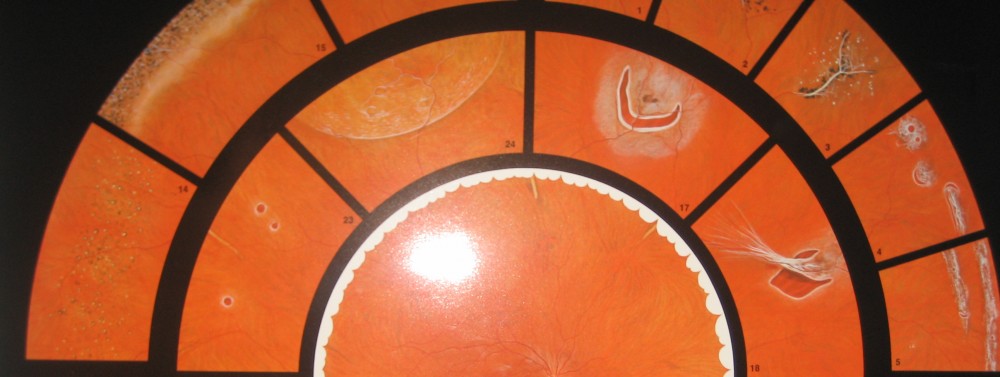The specific band of blue light most harmful to the retina and to the RPE cells was identified to be at 415 nm to 455 nm.
The blue-violet light that was discovered as part of this study is a 40 nm band of visible light that causes the maximum retinal cell death. Over time, our eyes are exposed to various sources that emit this blue-violet light (e.g., the sun, LED lighting, CFLs). Combine that with the use of tablets, TVs, computer screens and smart phones, and there’s no doubt our exposure to blue-violet light is on the increase. This cumulative and constant exposure to the blue-violet light is going to accumulate over time and has the potential to cause damage to the retinal cells, which is going to slowly lead to retinal cell death and can in turn lead to AMD.
The level of light emitted by newer energy-saving lighting techniques (e.g., LED, CFLs) is very high. For example, CFLs, white LED light and even sunlight emit high levels of blue-violet light compared to the rest of the blue light spectrum. This underscores the need for us to protect our eyes from the harmful bands of blue-violet light.
What is the blue light from our screens really doing to our eyes?
